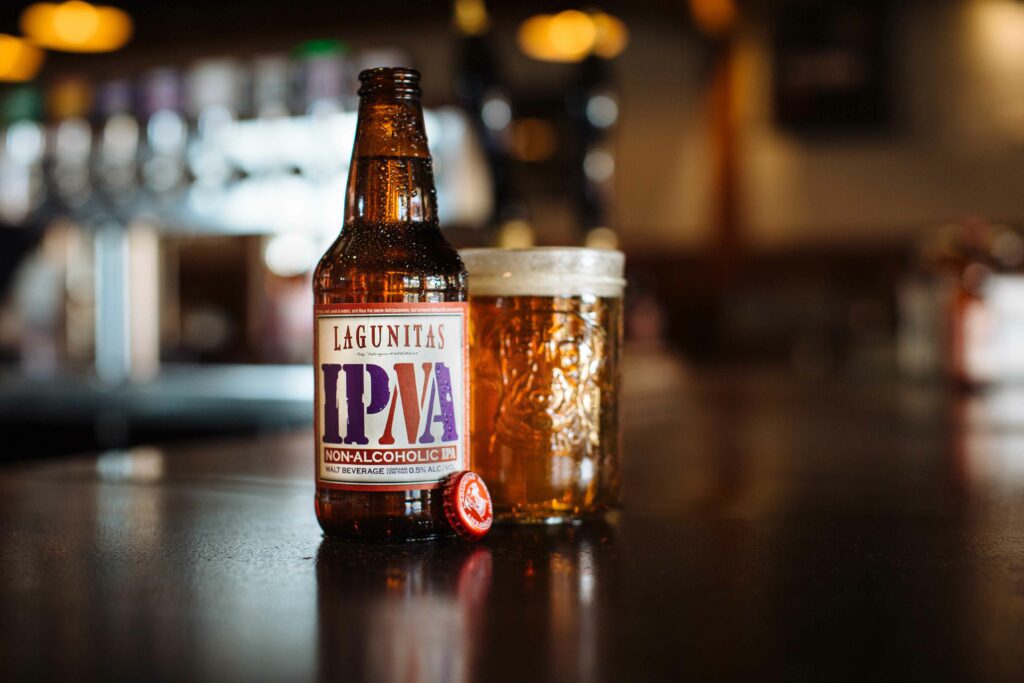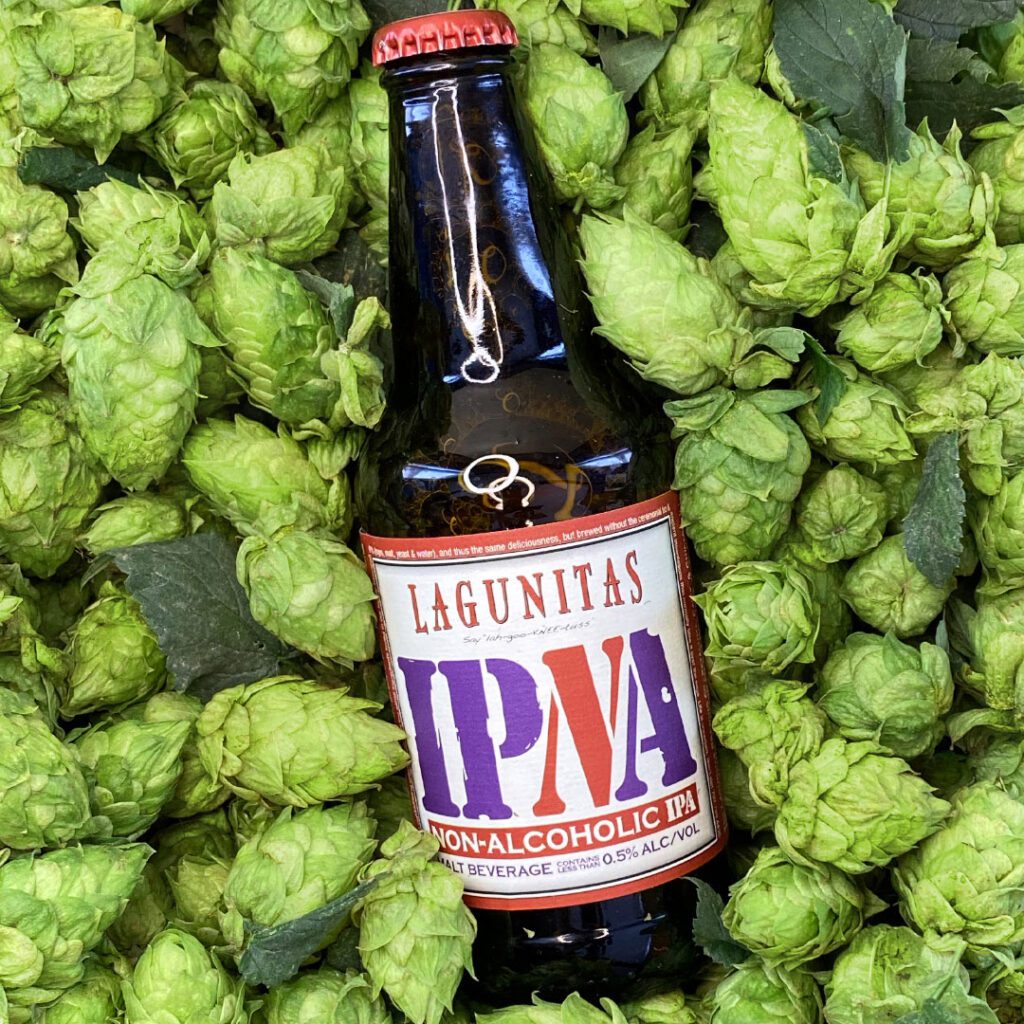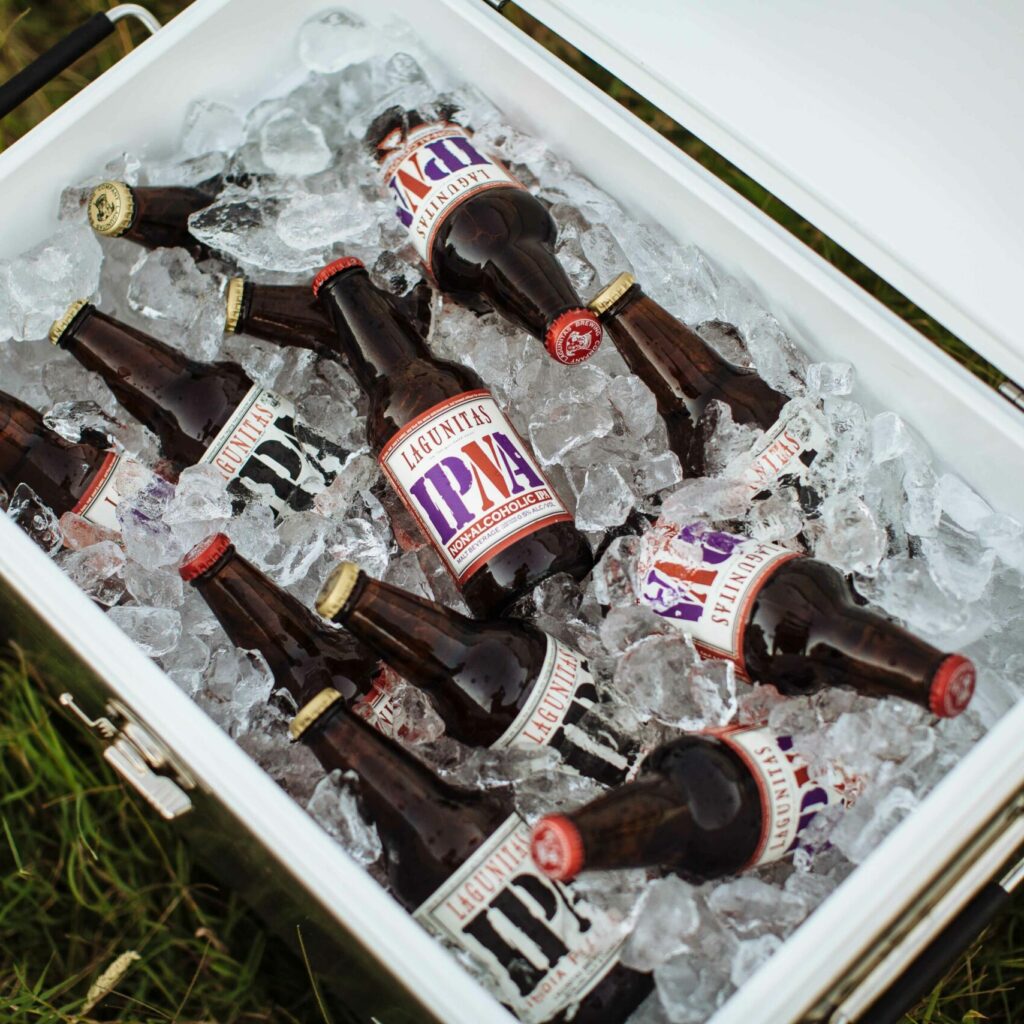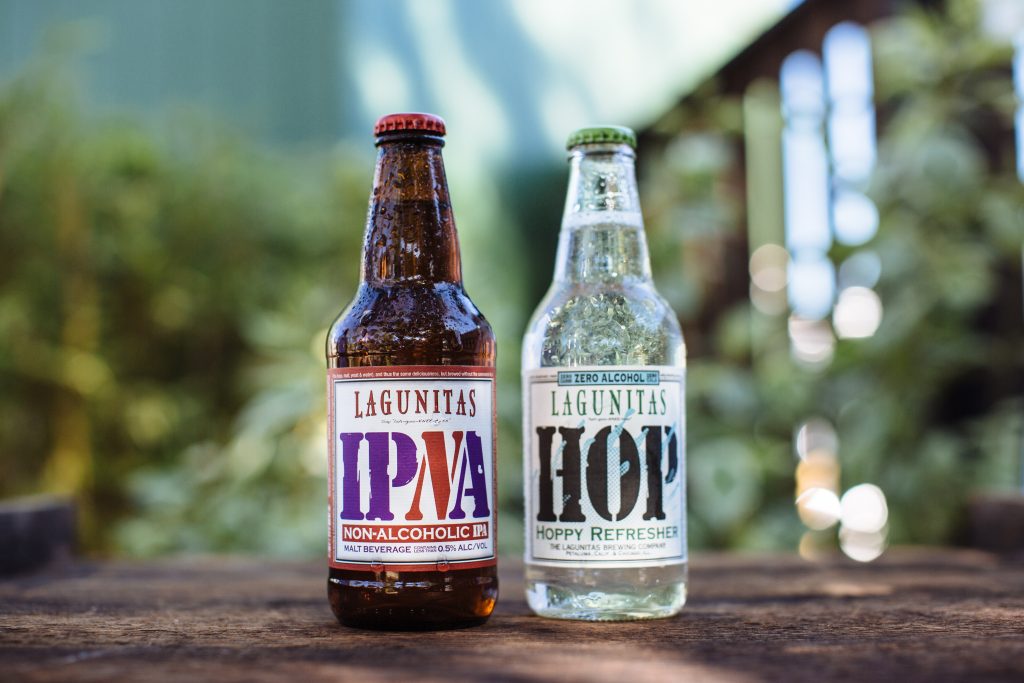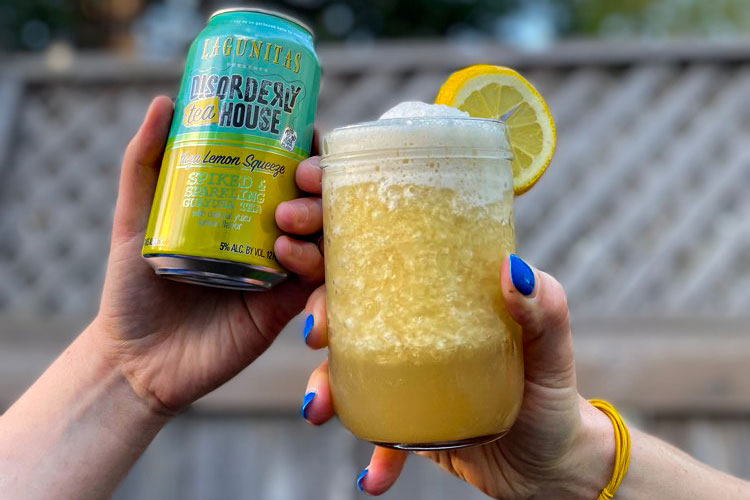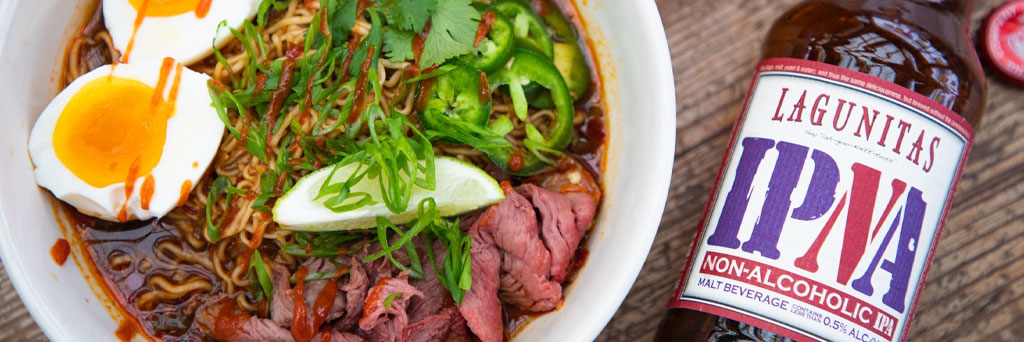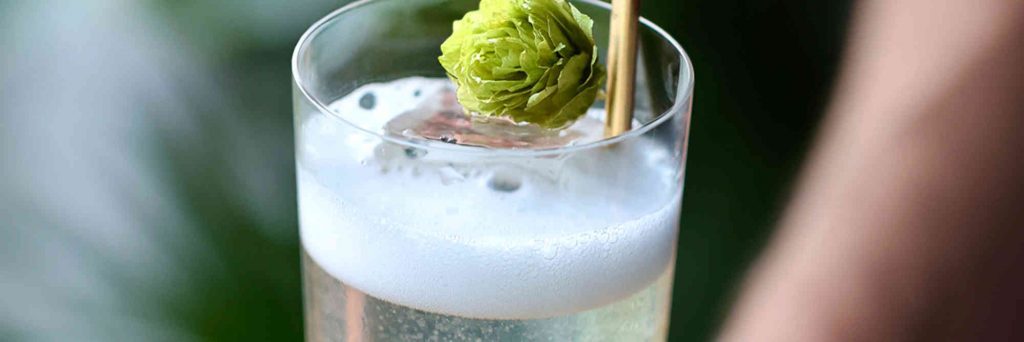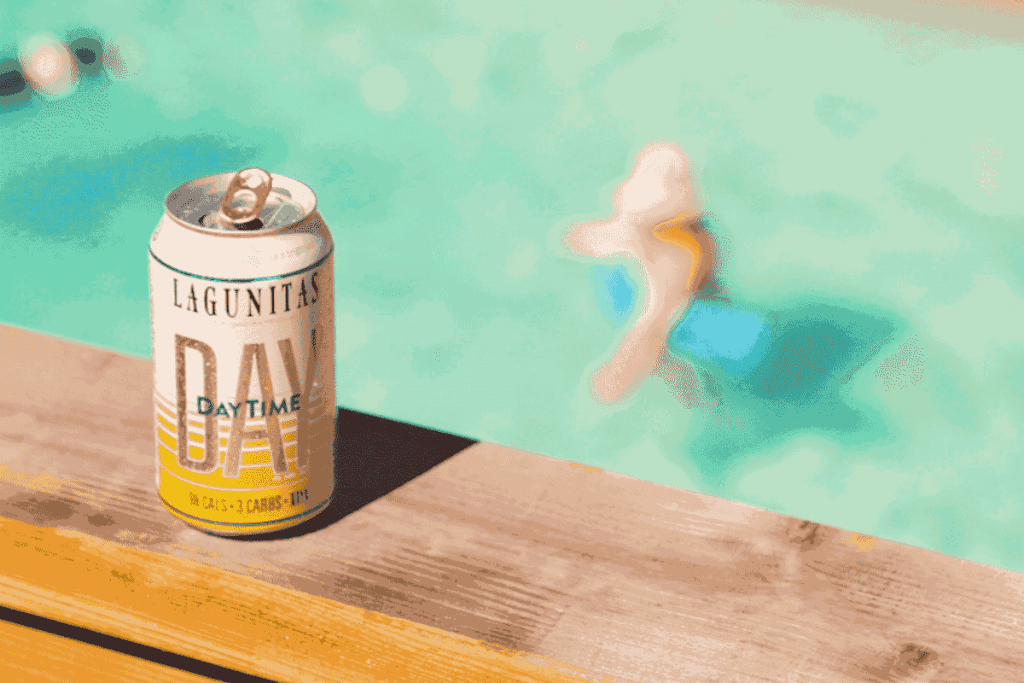By: Bryan Donaldson, Brewing Innovation Manager
It’s that time again: another year, another pledge for an alcohol-free month. Yes, even those of us who work at breweries have been known to go for a no alcohol January! As a brewery best known for our work with hops, we couldn’t settle for bland, flavorless, alternatives to our signature IPA. So, let’s take a look at some of the technology out there to create non-alcoholic IPA and what we did to make two delicious beverages: Hoppy Refresher and IPNA (non-alcoholic IPA). Buckle up and get ready for a Bill-Nye/Dexter’s Laboratory tour of how we do what we do!
What exactly is nonalcoholic beer and how is it created?
Science! [Insert science meme here] There have been two main tactics for creating non-alcoholic beer, or “near beer” as it’s legally called. The first method is physically separating alcohol out of a finished product. This can include using vacuum distillation or membrane filtration. What the heck is that? Well, membrane filtration allows you to selectively remove certain compounds (insert alcohol here) out of a solution. We could go down the rabbit hole of details here, but basically we use the solubility and polarity of the compound to selectively remove it, while leaving behind everything else, including all of the flavor. When it works, this technology produces great results. However, it is finicky, hard to use and relatively expensive, making it unavailable to most craft breweries.
Vacuum distillation uses the rules of pressure and evaporation to gently remove more volatile compounds from the solution. In very general terms, you lower the pressure above the solution, supply very gentle heat, and allow the alcohol to gently boil off. The reason you use the vacuum is to lower the energy (aka heat) inputs, which helps preserve the flavor of the product. If there is anything we as brewers know, it is that heat is the enemy of freshness in our product.
